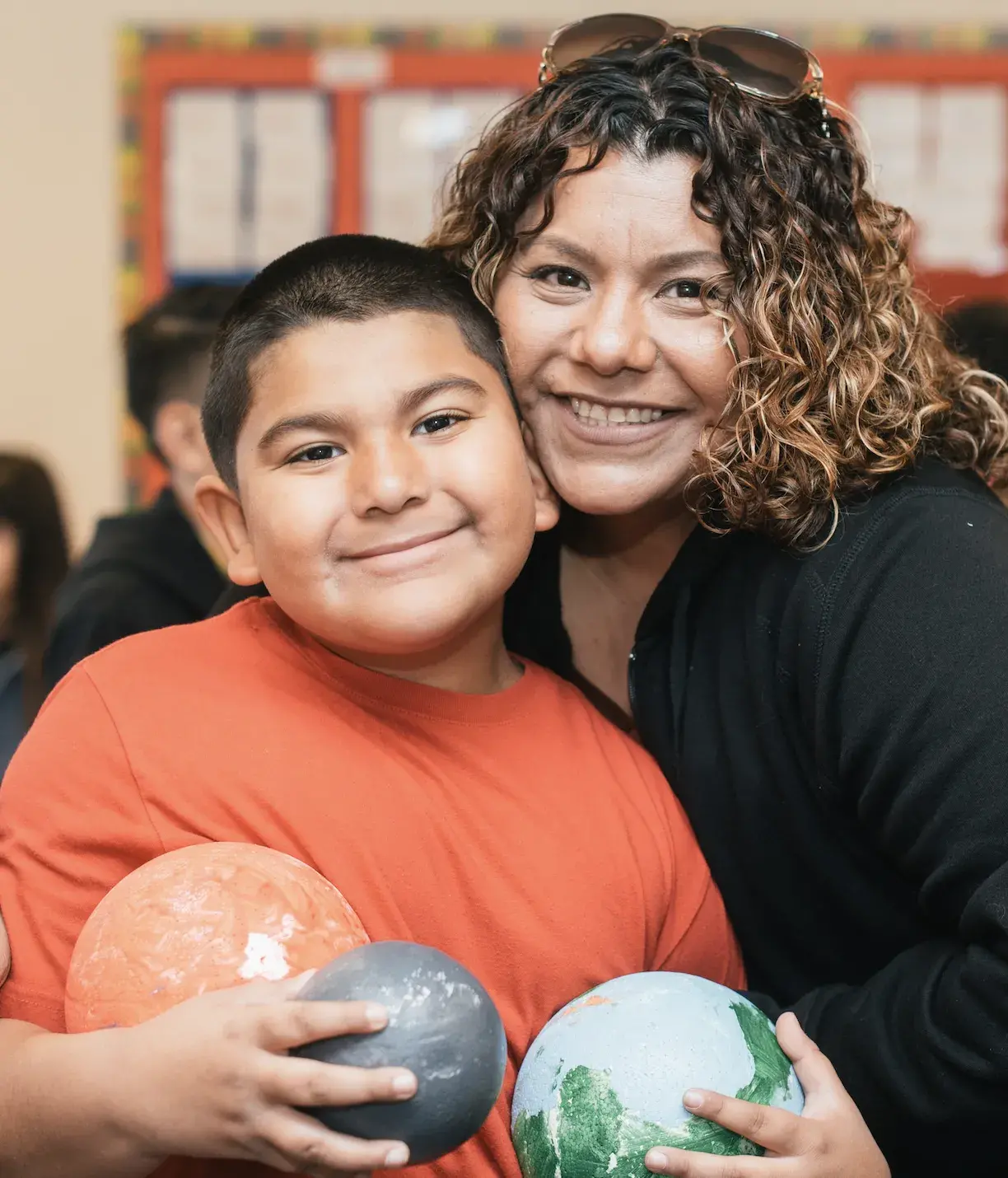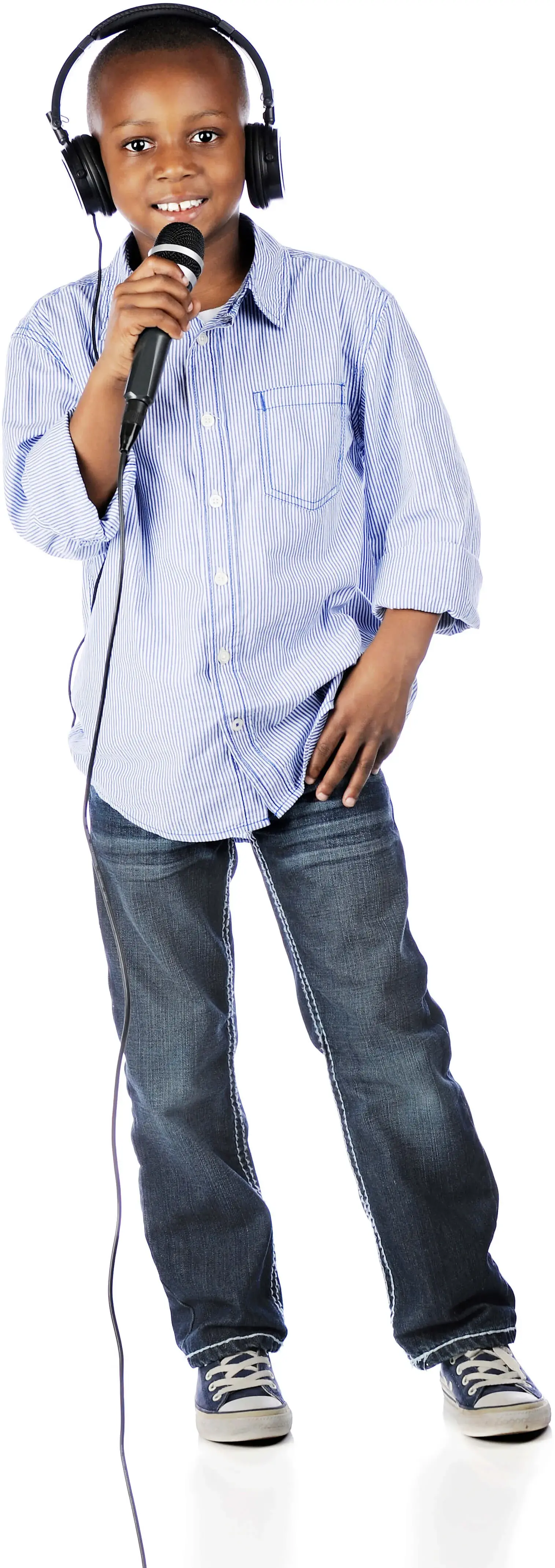Project Based Learning: An Intro for Families

What is Project Based Learning?
In Project Based Learning (PBL) students work on a project that requires creativity, critical thinking, problem solving, communication, and collaboration – all crucial skills for future success.
These projects often address a real-world problem and can vary widely, from kindergarten students creating “ABC” books and reading them to parents, grandparents, aunts, uncles and other caregivers to middle school students solving transportation issues in their local community, to urban high schoolers doing original research and writing scientific reports sent to graduate students. Projects can be tied to current events and aligned to curriculum priorities and standards.
Regardless of subject, these projects create self-confidence and a stronger sense of agency.
With PBL, kids lean into new challenges
Through PBL, kids feel a stronger sense of self-efficacy – the belief in one’s ability to meet a challenge or solve a problem. Instead of retreating, kids lean into new challenges with curiosity and openness. They learn from experiences outside their comfort zones. In this way, PBL not only improves immediate learning outcomes, but helps children become the life-long learners needed in the future.
PBL has allowed my children the opportunity to experience the real life application of the academic skills that they’re learning in school. They have been given a “why” behind the skills they’re taught.
By working in teams, solving problems, making presentations, and advocating for themselves, kids aren’t just passive learners, like they are when they sit quietly taking notes or completing worksheets. Instead of simply memorizing facts, they’re taught to ask questions, work in teams, create products to demonstrate their learning, and publicly share these products. Each project is structured to promote academic mastery and development of twenty-first century success skills like complex problem solving and teamwork.

Backed by education experts and researchers, teachers have found that PBL works for all students, at all grade levels, and in all subjects. PBL can be transformative for children in all walks and stages of life, of diverse ethnicity, race, and economic background. Skills cultivated through PBL translate directly to success in the most promising careers and future jobs.
The concept of “projects” as a tool for deep learning and accelerated growth is supported by experts and best-selling authors ranging from Carol Dweck to Esther Wojcicki to Tony Wagner.
Now more than ever, we need young people who are ready, willing, and able to tackle the challenges of their lives and the world they will inherit – and nothing prepares them better for this than PBL.
Here are just a few examples of PBL projects designed for different subjects:
-
Math
Students use math to determine the best mobile phone plan for themselves and their families, visiting websites and contacting representatives of phone service providers for information. They present their recommendations to an audience of parents and middle school students, and post a “guide to cell phone plans” on their school website.
-
Science
Students design and conduct a scientific experiment to test claims by a company that aeroponic growing methods (using only nutrient-enriched water) can produce more food and use less land and water compared to traditional soil-based growing methods. They communicate their findings in a written report and video conference presentation to a representative of the company.
-
English
Students read a novel about a person who was a hero, then identify “local heroes” in their community to interview over the phone or through Skype or Zoom. They write reflections about these heroes and create a self-published book to share with the community.
-
History
Students plan and conduct a role-play “trial” of U.S. President Truman, to decide whether it was right to drop the atomic bomb on Japan during World War Two.
-
Social Studies
Students analyze state election propositions, then create written or video materials to persuade voters, which they present to their parents and community members.
What's the impact on students?

Engaged Hearts and Minds
Students actively engage with PBL projects that provide real-world relevance for learning. Students can solve problems that are important to them and their communities.
Deeper learning
PBL leads to deeper understanding and greater retention of content knowledge. Students are better able to apply what they know to new situations.
Exposure to adults and careers
Students interact with adults, businesses and organizations, and their community, and can develop career interests.
A sense of purpose
A great project can be transformative for students. Seeing a real-world impact gives them a sense of agency and purpose.
Success skills
Students gain skills valuable in today’s workplace and in life, such as how to take initiative, work responsibly, solve problems, collaborate in teams, and communicate ideas.
Rewarding teacher relationships
Teachers work closely with active, engaged students doing meaningful work, and share in the rediscovered joy of learning.
Creativity and technology
Students enjoy using a spectrum of technology tools from research and collaboration through product creation and presentation.
I love PBL because it’s like a secret. There’s so much learning but you don’t realize it. The teachers help us but students do most of the thinking. Sometimes, we think so much that our heads hurt.
